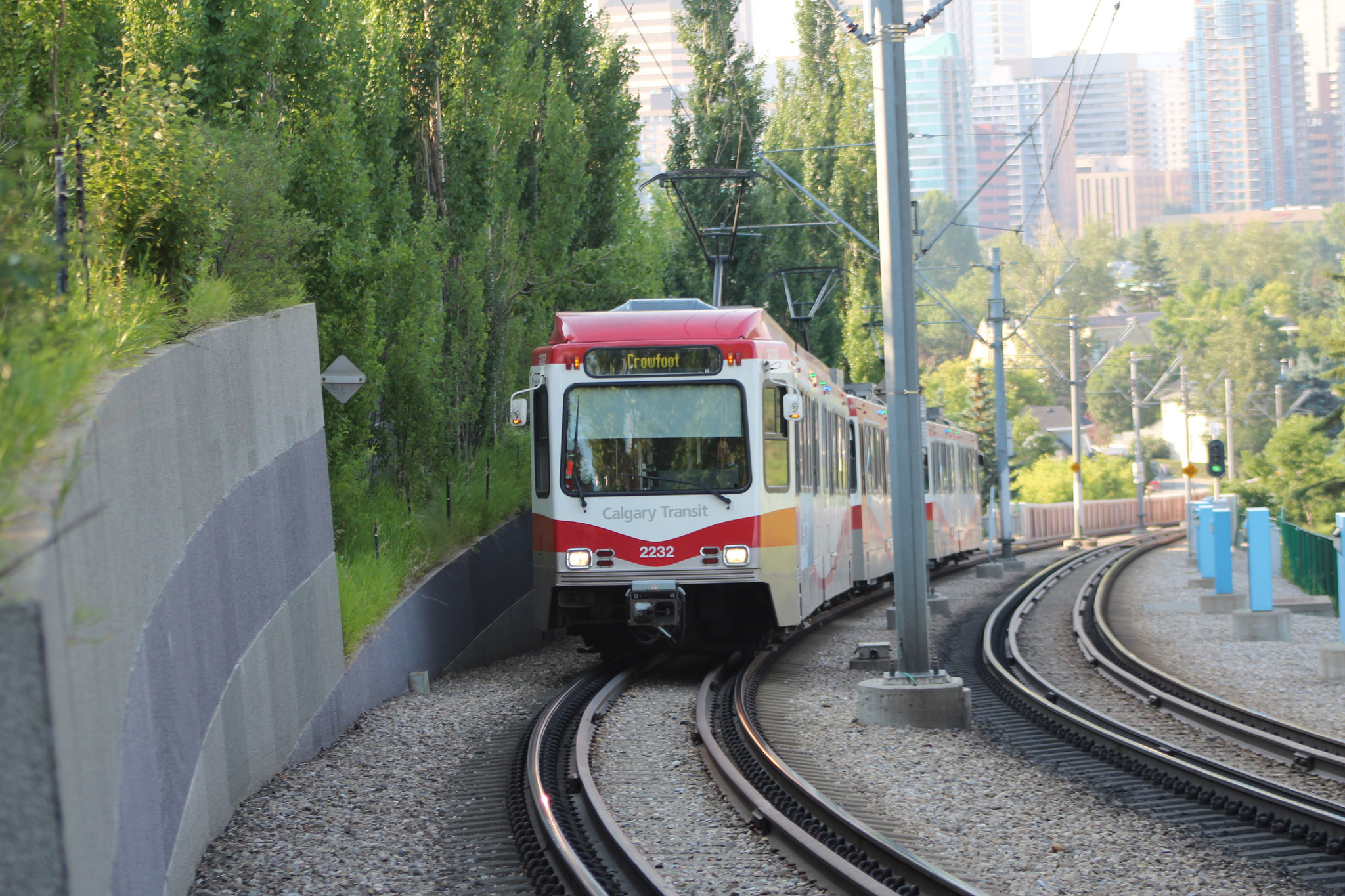The Federal Transit Administration (FTA) is turning storms into ingenuity and inspiration through its grant programs.
This spark of ingenuity came from a place of hardship for Americans. We all remember the devastation that followed Superstorm Sandy. The 2012 hurricane triggered one of the worst public transportation disasters in US history, flooding and damaging rail yards, train tracks, tunnels, power stations, bus depots, and critical operations centers throughout the Northeast.
Congress responded with a $10.9 billion program to help address the transportation destruction, including $3.6 billion for resilience grants, dedicated to protecting the infrastructure that had to be repaired. It was a large and complicated process. Luckily, there was one person dedicated to making sure the program was as effective as possible.
Adam Schildge, Program Analyst at the FTA, has a long history in transportation. “For a long time, I wanted to work in the transportation sector,” he said. “It started with a real love for transportation. I have a 20 month old son at home whose first word was ‘Choo Choo.’”
After studying urban planning in graduate school and becoming a Presidential Management Fellow, Schildge joined the federal government. He became a part of the FTA and, with only four years of federal experience, was put in charge of developing and implementing a $3.6 billion competitive grant program with the resilience funds.
For his tremendous work, Schildge is a finalist for the 2015 Service to America Medal (SAMMIES) an esteemed awards program sponsored by the Partnership for Public Service. On the DorobekINSIDER program, Schildge told Chris Dorobek about his love for transportation as well as his work for the competitive resiliency program.
Timing is Everything
Schildge came on board to implement the programs just in the nick of time. His competitive resilience program actually took effect October 1st of 2012, less than 3 weeks before Hurricane Sandy hit the Northeast.
Schildge quickly learned the importance of equipping transportation structure before disaster strikes. “If you haven’t had a disaster in a while, you tend to think it’s probably never going to happen again,” Schildge said. “You think those millions of dollars could be used better somewhere else. You don’t talk about it again until after a disaster, when everyone’s mobilized.”
Disaster planning entails mitigation just as much as response strategies. “After about a year working through the recovery, we got to a point where we were able to start thinking about how to protect these systems from similar damage occurring in the future,” Schildge said.
Sharing Expertise
Schildge’s main inspiration for the competitive resilience program came from FEMA’s Benefit Cost Analysis tool, which is used to perform benefit cost analysis for applications submitted under FEMA’s Hazard Mitigation Assistance Grant Programs. Schildge attended FEMA trainings on the subject and identified how he could strengthen projects and programs through the competitive resilience grants. “FEMA identified when it’s appropriate to build a tornado shelter based on the population and the likelihood of a tornado occurring. It was more or less the same kind of approach we wanted to apply to transit,” he said.
He added, “We then used that framework to develop a very specialized tool for transit systems that would measure how many people would be out of service. We identified the cost and then evaluated the project by the likelihood of those costs being realized. We were then able to evaluate all of the projects based on that common basis.”
Competitive Resilience Program
The FTA typically gives out about $10 billion a year in grants to public transit agencies around the country. The funds are awarded based on congressional formulas such as census population or service characteristics, and the grantees receive money to allocate the projects as they see fit.
“We’ll hold a competition and pick the best projects that we receive nationally,” Schildge said. “For example, if you have a substation that you’ll expect to be using for 50 years that’s powering your subway system, and the odds of it being destroyed are very high, you have to look at the likelihood of destruction by an event over that time frame.”
When choosing projects, Schildge and his team select important infrastructure that would be the most costly to repair in the face of disaster. Their criteria are based on the potential costs of damage, repair, and loss of service to commuters.
Lessons learned
Schildge learned much about mitigation and response strategies in planning for disaster. But more importantly, he learned there are many misperceptions about government due to lack of knowledge. “Anyone who has actually worked or engaged with the government seems to truly appreciate the work we do,” he said.
In addition to high standards for the program, Schildge’s enthusiasm for government remains just as high and lofty. He stated, “As long as we keep up a high standard for our work and promote the benefits and support people doing their jobs at different levels, government can only gradually improve.”
Photo Credit: Flickr/Calgary Light rail Transit LRT




[…] After the devastation Hurricane Sandy brought in 2012, Schildge led a multi-billion dollar project to help re-build vital infrastructure needed for public transportation. Schildge reminded us that “If you haven’t had a disaster in a while, you tend to think it’s probably never going to happen again…You think those millions of dollars could be used better somewhere else.” Because of his leadership, we are more prepared for the next natural catastrophe with more resilient infrastructure. To view the blog post in its entirety and to hear the interview, click here. […]